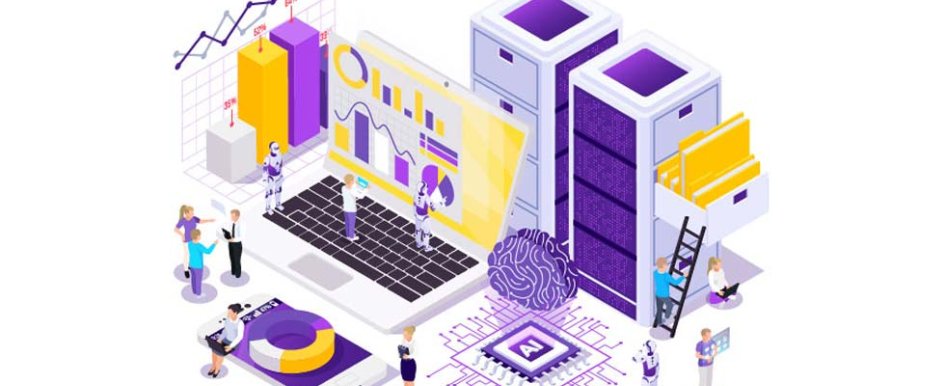
Despite its simple appearance, the financial equation of “revenue - expenses = profit” is so complex, there are few who truly understand it. Many factors contribute to revenue and expenses. Common expenses for operating a construction business include labor, materials, insurance, permits, office space, vehicles, trailers and other incidentals. Furthermore, some company expenses are not negotiable and are often the largest portion of mandatory expenses, such as labor costs. Fortunately, there is a way to decrease or even eliminate these expenses. Robotic process automation (RPA) can decrease overhead labor costs by improving efficiency, productivity and automating menial tasks that do not require a trained employee.
What Is RPA?
RPA is a technology that utilizes software “robots” to complete manual and frequent tasks more accurately than most humans — constantly and without fatigue.
Think of a process in your company that is frustrating to employees because it is time-consuming, mindless or requires limited skills to complete. These types of processes can be outsourced to an RPA engine.
How Can RPA Serve the Construction Industry?
While software robots do not lay brick, operate cranes or perform earthwork,
they can automate repetitive digital processes that usually require an employee’s time and attention. RPA’s can increase employee’s value to the company by transforming a mere “number cruncher” into a data analyst with the bandwidth to review input or reports generated by an RPA bot.
Process automation does not always require a programmed RPA bot, and often, it is available via modern software programs. More software hits the market every year, purpose-built for automating manual tasks such as recording field time, collecting documents from subcontractors then analyzing against business or project requirements, routing invoices internally and more.
Most construction office staff members are likely to already be using some form of RPA. A simple example of an automated workflow is setting up an out-of-office email reply. The user provides instructions to the software to reply to incoming emails with a simple response — this way, there is no need to manually reply to each email or leave colleagues and clients wondering why no one is responding.
Why Implement RPA?
RPA is more cost effective than custom software. If businesses want to automate a process that an existing piece of software has not yet been created to address, the choice is to continue with the manual process or commission custom software to handle that specialized task. RPA doesn’t usually replace your existing software, but allows you to use the tools you have more effectively data to be manually transferred between systems. With an RPA, companies don’t have to copy and paste or export data from one application, manipulate it to fit into another, upload it or reconcile any errors. RPAs can quickly pull information from one system to another without errors.
Software robots don’t get tired or distracted, or suffer from human error. RPA provides greater accuracy in data transfer than a human could provide. A company can start with one RPA bot dedicated to a specific task on a specific project, or they can implement hundreds of different robots automating separate tasks across their organization. RPA has unmatched scalability when compared to hiring new employees, developing custom software or purchasing enterprise software.
3 Things to Consider
1. The process — Implementing RPA bots properly requires process review and analysis, so companies are not deploying multiple bots where one could do the job.
2. Development strategy and cost — RPA development and deployment training takes time. In most cases, construction companies outsource the task to a firm specialized in RPA development. Make sure your company has the time and financial resources to invest in a project like this.
3. Off-the-shelf software — Custom development is more expensive than an off-the-shelf software solution. Before committing to RPA development, consider the existing options on the market.
RPA provides companies the opportunity to automate some of their most mundane and repetitive tasks, while elevating the value of the worker and the business — every business owner wants to increase the value of their business.
Technology and standard processes allow businesses to increase their production by increasing the amount of work they can deliver with less overhead costs. Continue learning about RPAs and software to discover how to maximize profitability for your business.
